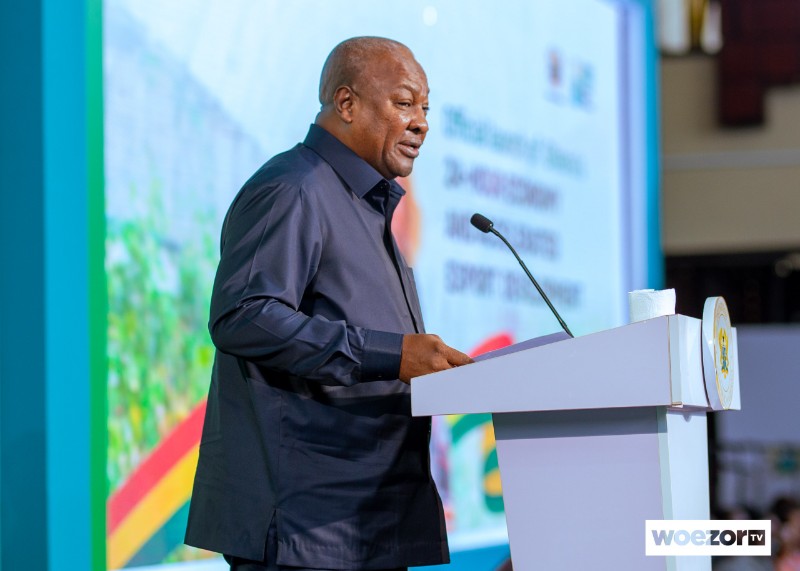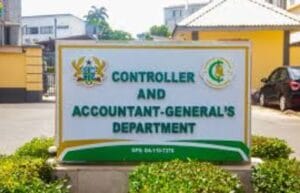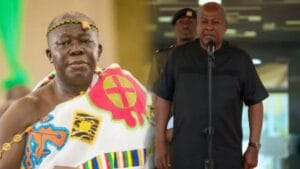
President John Dramani Mahama has stated that the Volta Economic Corridor will be the cornerstone of his administration’s newly launched 24-Hour Economic policy, describing it as a commendable, transformative initiative intended to rejuvenate Ghana’s economic framework by harnessing the potential of the Volta Lake and its vicinity through agricultural endeavors and profitable enterprises.
During the official inauguration of the 24-Hour Economy policy programme in Accra, the president remarked that the initiative will revive the vision of Ghana’s first President, Dr. Kwame Nkrumah.
“Today, we will recreate Kwame Nkrumah’s dream. Today, his dream comes alive again.”
He bemoaned the neglect by previous governments of Dr. Kwame Nkrumah’s commendable strategy and vision regarding the Akosombo Dam, which he had envisioned to develop it into a center for agriculture and agribusiness.
He stressed that the programme does not place strict limits on working hours, but rather it incorporates measures to address the rising unemployment rate in the country through well-structured economic interventions.
The Volta Economic Corridor encompasses multiple significant initiatives within the overarching national agenda. Within the Grow 24 framework, more than two million hectares of land adjacent to the lake will be irrigated to facilitate intensive agricultural all year round.
The Make 24 initiative, part of the broader 24-Hour Economy concept, will involve the establishment of agro-industrial parks dedicated to the production of textiles, pharmaceuticals, and processed foods, aiming to diminish imports and enhance local value chains.
For the Show 24 which also focuses on Tourism,, clusters of artefacts and exhibitions will be set up along the shores of Lake Volta. This is an effort to showcase Ghana’s rich cultural history and breathtaking natural scenery in the hopes of attracting tourists.
Another project, Connect 24, is working to turn Volta Lake into a transportation hub that connects the northern and southern regions of Ghana as well as the eastern and western regions. The goal is to make transportation more efficient and less expensive for both people and products.






